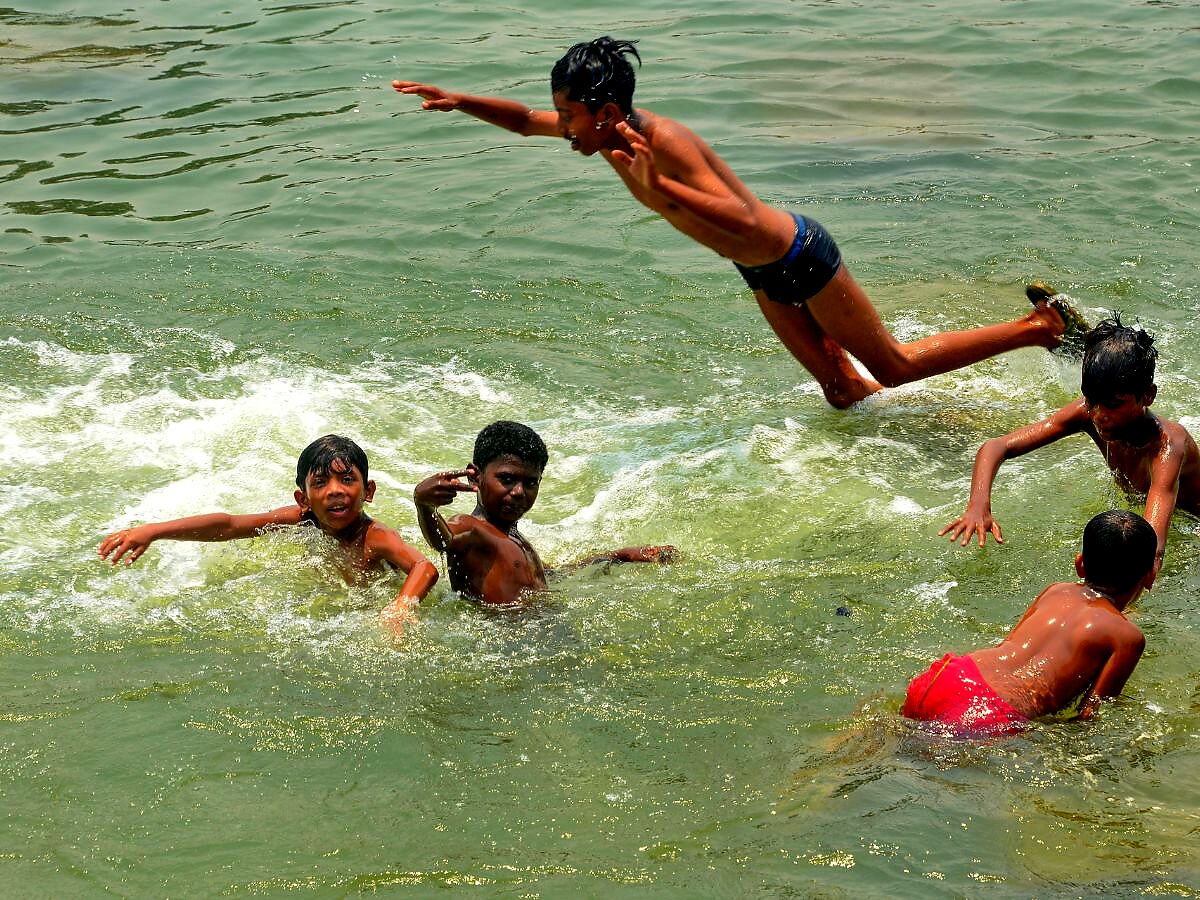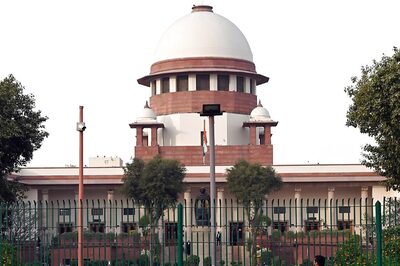
views
State schools are shut in Maharashtra. Heatwave conditions prevail in Gangetic West Bengal, and even though slight rains brought some relief to Delhi, the forecast for coming times is not encouraging.
Climate models have predicted that El Nino is on the horizon, which can lead to severe heat waves and droughts, in many countries, including India, IANS said in a report.
El Nino is related with the development of a belt of warm ocean water in the central and east-central equatorial Pacific, including the area off South America’s Pacific coast. Winds travelling west near the equator slow down during El Nino, and warm water is pushed east, resulting in warmer surface ocean temperatures.
This is not good, because a heatwave can potentially kill you, apart from causing harm to your body. There are many who also do not have the privilege to stay indoors in the face of such fatal potentialities.

But yes, there are certain ways one can combat heatstrokes or heat exhaustion. Read some of there here. However, a heatwave does not strike as bad a fear into one’s heart as the news of a storm or tornado, right? According to one UK survey, ‘most people do not consider themselves to be vulnerable to heat and do not take precautions to protect themselves’. The survey said people are more likely to protect themselves against sunburn during heatwaves than from heat.
But you are at risk.
According to a study released on Thursday by the University of Cambridge, nearly 90% of Indians are more exposed to public health issues, food shortages, and greater chances of death as a result of fatal heat waves caused by climate change in 2022, ThePrint reported.
There is a rising number of heat-related fatalities being recorded (the Khargar event being a recent example) but questions are also being raised on official records presenting a contradictory picture on heatwave deaths, with data issued by various authorities throughout the years at odds each other, one Moneycontrol report said.
So, how does one get people to take heatwaves more seriously?
A 2022 report by Vox wondered whether naming heatwaves, like we do cyclones, tornadoes and more, would help change public perception of a deadly climate event only set to increase in precedence amid global warming.
The question lies in whether naming hurricanes has been effective.
Kathy Baughman McLeod, director of the Atlantic Council’s Adrienne Arsht-Rockefeller Foundation Resilience Center , which studies climate resiliency told Vox that it has.
Hurricane-prone areas have what McLeod refers to as a “culture of preparedness and prevention,” in which residents understand how to prepare for hurricanes of various strength, the report says. Residents who opt to stay at home during a smaller storm, for example, may board up their windows and save a few days’ supply of water. “Heat waves need that branding, that identity,” McLeod explained.
And it was done last year, in Spain!
McLeod’s organisations are conducting pilot studies in six locations — Los Angeles, Miami, Milwaukee, and Kansas City in the United States, as well as Seville, Spain, and Athens, Greece — to test a heat wave categorization system they invented. Seville was the first city in the world to call a heat wave Zoe in July. The heat wave was classified as Category 3 by Spanish officials, indicating the maximum level of danger.
And it’s good to name climate events. It raises awareness about their development, swiftly disseminating warnings to boost community readiness, and removing confusion where numerous cyclonic systems exist over a region.
But exactly how did Seville name its heatwave?
Seville had implemented a three-tier heatwave system, with names assigned. Heatwaves would be classified based on daytime and nighttime temperatures, humidity, and the potential health consequences of high temperatures on individuals.

Starting with Z, names will be assigned in reverse alphabetical order. This is why the first heatwave was dubbed Zoe. According to Scientific American, the other four names finalised for 2022’s season were Yago, Xenia, Wenceslao, and Vega.
Each tier would include a set of steps to combat heatwave effects, such as sending healthcare workers to check on at-risk persons, keeping pools open longer, establishing cooling facilities, and issuing warnings.
But it’s not so easy to name a heatwave.
According to the Vox report, experts say two cities with almost identical weather could often require two different categories as ‘local conditions’ make a difference to how the residents face heat, and heatwaves cannot be simply classified by temperature.
Larry Kalkstein from Arsht-Rock explained how the organisation had devised a method that examines historical weather and mortality data from previous heat waves to determine which combination of meteorological factors — heat, humidity, nocturnal temperatures, cloud cover, and more — causes the greatest excess deaths in a certain region. They then created an algorithm that compares the characteristics of an approaching heat wave to that data, estimates the risk of excess deaths, and assigns a category based on expected mortality.
And the World Meteorological Organisation says there is currently no international structure or process in place to name or coordinate the naming of heatwave occurrences.
Read all the Latest Explainers here




















Comments
0 comment